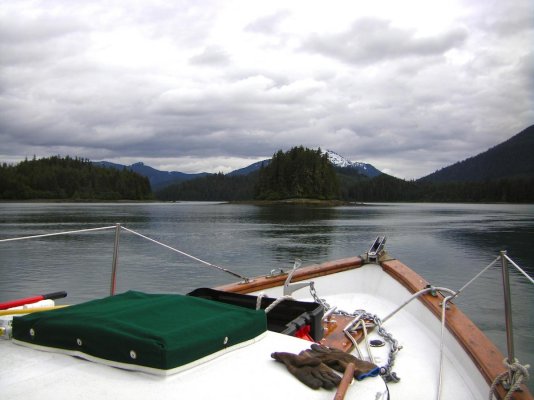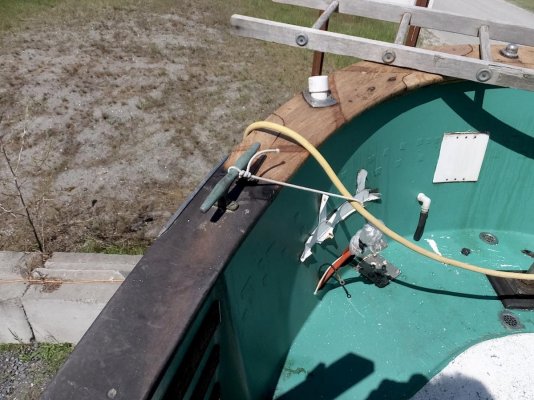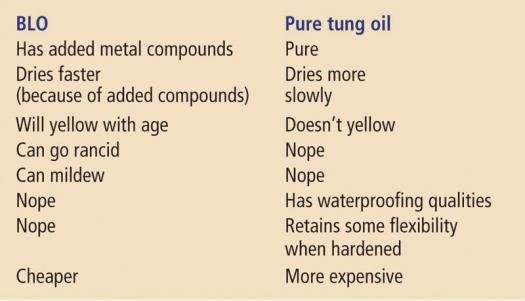QB
Senior Member
- Joined
- Dec 25, 2011
- Messages
- 228
- Location
- USA and Canada
- Vessel Name
- Skookum Maru
- Vessel Make
- Ed Monk design #1924
Cetol has a reputation for being orange, this is only for one of their product lines the "Light Teak" color as it has iron oxides in it to increase it's UV protection and hardness.
The clear comes in both gloss and semigloss (flatter) and is not tinted and makes a nice long wearing finish.
You might be thinking of older Cetol formulations. Current Cetol Marine finishes aren't as orange as the original, and most folks seem to think the Natural Teak is the best (that is, least orange) of the new ones.
Also I don't think that there is a semigloss clear now, only gloss.
See http://www.yachtpaint.com/usa/diy/products/wood treatment/search.aspx.


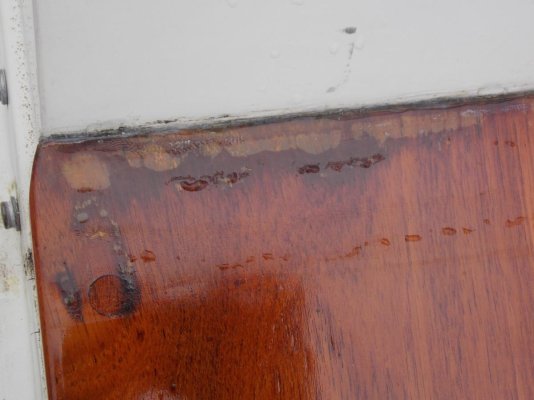
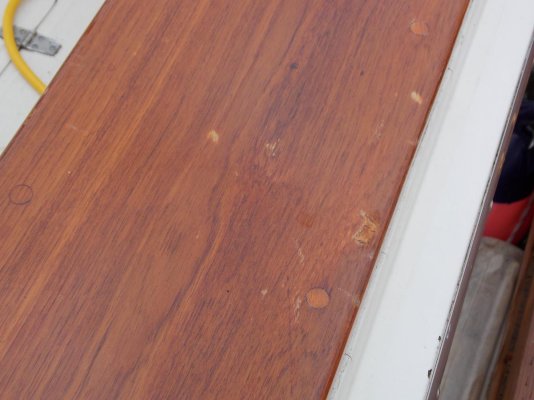
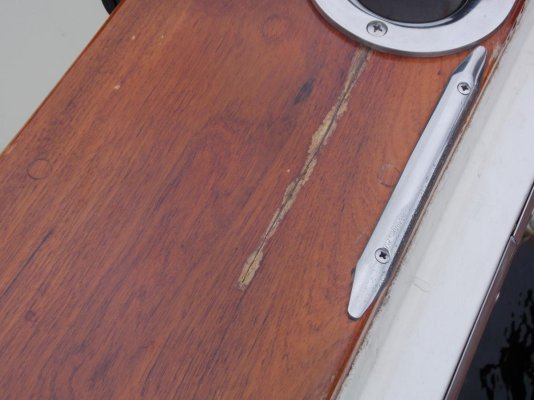
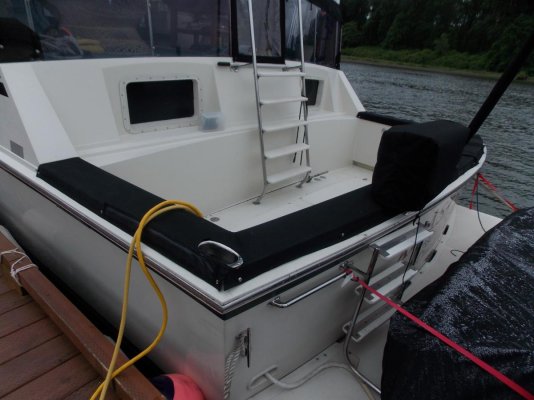


 Also others may have gone black from lack of turpentine. I mixed my oil w turp because it's a natural fungicide. One could add other fungicides as well and perhaps zinc of some sort. Maybe w a rag one could apply much thinner coats that may work better.
Also others may have gone black from lack of turpentine. I mixed my oil w turp because it's a natural fungicide. One could add other fungicides as well and perhaps zinc of some sort. Maybe w a rag one could apply much thinner coats that may work better.